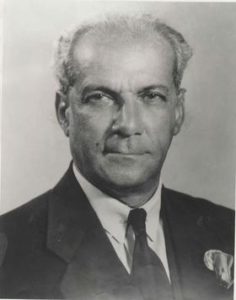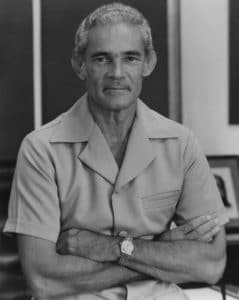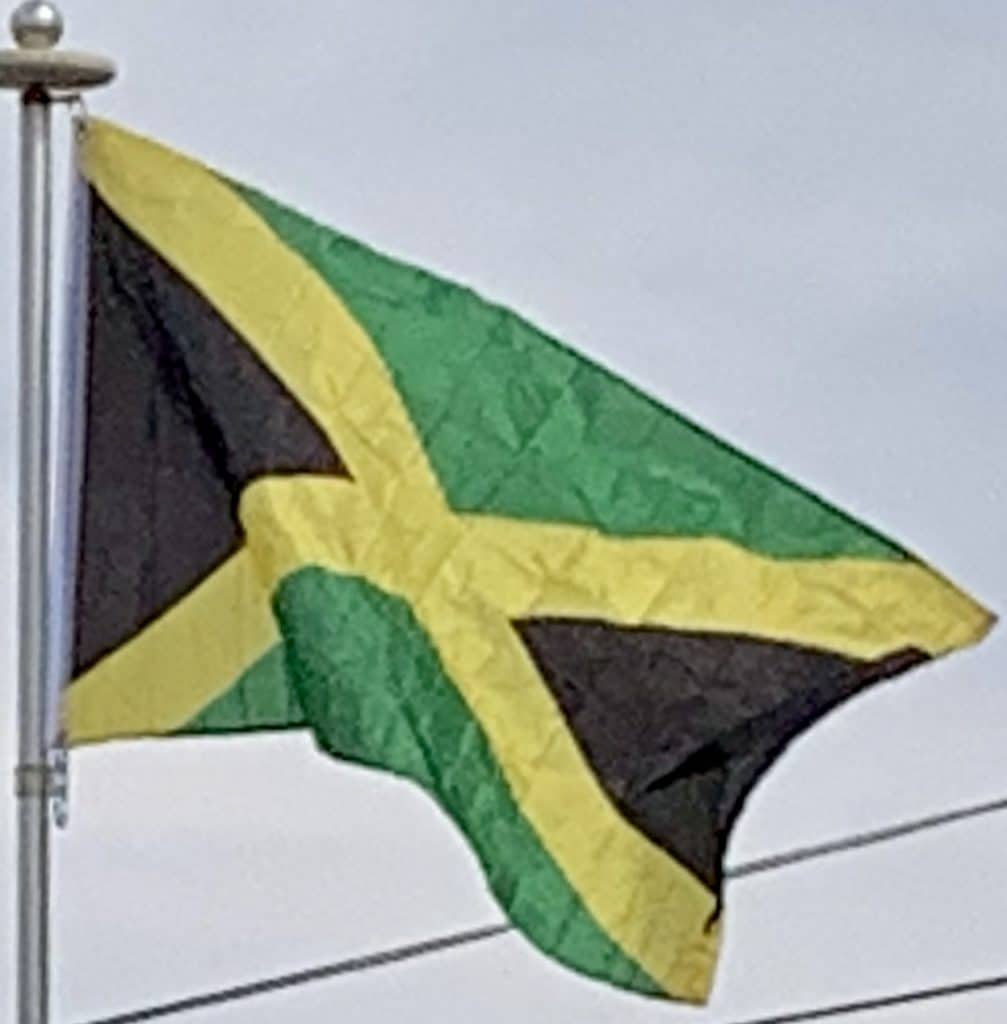
Jamaica slowly gained increasing autonomy from the United Kingdom. In 1958 it became a province in the Federation of the West Indies, a federation of several of Britain’s Caribbean colonies. Membership of the Federation proved to be divisive, however, and a referendum on the issue saw a slight majority voting to leave. After leaving the Federation, Jamaica attained full independence on 6 August 1962. The new state retained, however, its membership in the Commonwealth of Nations (with the Queen as head of state) and adopted a Westminster-style parliamentary system. Bustamante, at the age of 78, became the country’s first prime minister.
Post-Independence Era:
Strong economic growth, averaging approximately 6% per annum, marked the first ten years of independence under conservative JLP governments; these were led by successive Prime Ministers Alexander Bustamante, Donald Sangster (who died of natural causes within two months of taking office) and Hugh Shearer. The growth was fueled by high levels of private investment in bauxite/alumina, tourism, the manufacturing industry and, to a lesser extent, the agricultural sector. In terms of foreign policy Jamaica became a member of the Non-Aligned Movement, seeking to retain strong ties with Britain and the United States while also developing links with Communist states such as Cuba.
The optimism of the first decade was accompanied by a growing sense of inequality among many Afro-Jamaicans, and a concern that the benefits of growth were not being shared by the urban poor, many of whom ended up living in crime-ridden shanty towns in Kingston. This, combined with the effects of a slowdown in the global economy in 1970, led to the voters electing the PNP under Michael Manley in 1972.

Manley’s government enacted various social reforms, such as a higher minimum wage, land reform, legislation for women’s equality, greater housing construction and an increase in educational provision. Internationally he improved ties with the Communist bloc and vigorously opposed the apartheid regime in South Africa. However, the economy faltered in this period due to a combination of internal and external factors (such as the oil shocks). The rivalry between the JLP and PNP became intense, and political and gang-related violence grew significantly in this period.
By 1980, Jamaica’s gross national product had declined to some 25% below its 1972 level. Seeking change, Jamaicans voted the JLP back in in 1980 under Edward Seaga. Firmly anti-Communist, Seaga cut ties with Cuba and sent troops to support the US invasion of Grenada in 1983. The economic deterioration, however, continued into the mid-1980s, exacerbated by a number of factors. The largest and third-largest alumina producers, Alpart and Alcoa, closed; and there was a significant reduction in production by the second-largest producer, Alcan. Reynolds Jamaica Mines, Ltd. left the Jamaican industry. There was also a decline in tourism, which was important to the economy. Owing to rising foreign and local debt, accompanied by large fiscal deficits, the government sought International Monetary Fund (IMF) financing, which was dependent on implementing various austerity measures. These resulted in strikes in 1985 and a decline in support for the Seaga government, exacerbated by criticism of the government’s response to the devastation caused by Hurricane Gilbert in 1988. Having now de-emphasized socialism and adopting a more centrist position, Michael Manley and the PNP were re-elected in 1989.
